Protecting inheritance from a greedy stepdaughter requires proactive estate planning and legal safeguards to ensure your assets go to the right heirs.
Introduction
Your stepdaughter could be plotting to steal your inheritance right now. In this article, I’ll show you exactly how to protect what’s rightfully yours from a potentially greedy stepdaughter.
I’m Attorney Jesus Orlando Valentino—my clients call me J.O.—founder of Valentino Law PLLC, where we specialize in wills, trusts, and estates. I’ve handled hundreds of these cases throughout my career, and today I’m sharing the exact strategies we use to help our clients safeguard their inheritances before it’s too late.
Perhaps you have a perfectly wonderful relationship with your stepdaughter. If so, the information I’m about to share will help you keep it that way by establishing clear boundaries and expectations regarding inheritance matters.
Protecting Inheritance from a Greedy Stepdaughter: Red Flags to Watch For

Is your stepdaughter exhibiting concerning behavior? Here are ten red flags that might indicate problematic intentions:
- If she suddenly walks around your house pointing at things saying, “Is this a collectible? How much is that worth?” and you catch her measuring your possessions with a tape measure.
- If she insists on going into the doctor’s office with you, then asks to speak to the doctor alone, and comes out saying, “Good news! The doctor says I will be handling all your medical care!”
- If your biological son says he’s called you fifteen times this week, but she keeps telling you, “Nobody called” while she keeps your phone in her purse.
- If she says, “Your son must be really busy with his new boat since he never visits you,” but your son doesn’t even own a boat.
- If you get in the car thinking you’re going to church, and she pulls up to the bank.
- If she tells you “We have to sign these documents RIGHT NOW!” but you haven’t even had your morning coffee.
- If she says, “That lawyer you hired is a quack! But my yoga instructor is a financial genius!”
- If she claims one house needs two “emergency roof repairs” in quick succession.
- If she skipped your birthday for years but suddenly wants to move into your house to “help you out.”
- If it’s Thanksgiving dinner and you ask her to pass the mac and cheese and she passes you some papers and a pen.
If you recognize any of these red flags in your life, it’s time to take protective action for your estate.
The “Greedy Stepdaughter” Scenarios
Let’s examine the five most common tactics stepdaughters use to divert inheritances away from the rest of your family. By recognizing these patterns early, you can protect yourself before it’s too late.

Scenario 1: Emotional Manipulation – A Threat to Protecting Inheritance from a Greedy Stepdaughter
Your stepdaughter plays on your emotions, suggesting you’re being unfair by not treating her equally to your biological children.
Consider “Guilted George,” who was continually told by his stepdaughter, “Sob Story Sarah,” that he was her “real dad” since her biological father abandoned her. She would cry about feeling “excluded from the family” whenever estate planning was mentioned. George eventually rewrote his will to include her equally with his own children—despite having known her for only seven years of her adult life. When George’s son questioned this decision, Sarah dramatically claimed he was “trying to erase her from the family.” After George’s death, she sold her portion of the family business to a competitor.
Scenario 2: Caregiver Control – How Stepdaughters Take Over Finances
This scenario often emerges during illness or declining health. Your stepdaughter positions herself as your primary caregiver, gradually isolating you from your biological children.
“Secluded Stanley’s” stepdaughter “Nurse Nightmare Nancy” convinced him his sons were “too busy” to help with his medical appointments. She began controlling his medication, screening his calls, and eventually moved into his home “to provide round-the-clock care.” Within six months, she had convinced Stanley to add her to his financial accounts “for convenience” and revised his power of attorney. When Stanley’s sons finally realized what was happening, Nancy had drained the account, claiming it was for caregiving expenses.
Scenario 3: Relationship Wedge – When Stepdaughters Drive a Family Apart for Inheritance
Your stepdaughter systematically damages your relationship with your biological children, often by reporting or even fabricating negative comments supposedly made by your children.
“Divided Dave” was shocked when his stepdaughter “Triangulating Tina” showed him text messages from his biological child criticizing his new marriage. Dave’s relationship with his biological child deteriorated rapidly—until months later when his child produced evidence that Tina had been using a fake number to send herself those texts, then forwarding them to Dave. By then, Dave had already revised his estate plan, leaving his cherished lake house to Tina instead of his biological child.
Scenario 4: The Financial Advisor Infiltration
This particularly devious approach involves your stepdaughter either becoming directly involved in your financial affairs or introducing you to “her trusted financial advisor”—who often provides advice that ultimately benefits her.
“Financially Fooled Frank” was persuaded by his stepdaughter “Portfolio Pilfering Paula” to work with her college friend who had “extensive estate planning experience.” Frank had already planned to leave Paula a reasonable inheritance, but this “advisor” recommended complex financial structures that obscured what was actually happening: the complete transfer of control over his accounts after he passed away.
Scenario 5: The Spousal Influence Channel
Perhaps the most common scenario involves your stepdaughter influencing her mother (your wife) to pressure you into estate plan changes.
“Pressured Paul” found himself constantly caught between his wife and his biological children. His stepdaughter, “Mommy’s Mouthpiece Melissa,” never directly approached Paul about inheritance matters. Instead, she would upset her mother with stories about how Paul’s children “already had enough money” and “didn’t appreciate him anyway.” His wife would then approach Paul when they were alone, often in tears, insisting he needed to “make things fair” by including Melissa equally in his estate plan—despite the fact that Paul had already provided generously for his wife in his trust.
Whether you’re dealing with “Sob Story Sara,” “Nurse Nightmare Nancy,” “Triangulating Tina,” “Portfolio Pilfering Paula,” or “Mommy’s Mouthpiece Melissa,” the threat can be real. These stepdaughters may be manipulating their way into your estate.
Legal Protection Strategies for Protecting Inheritance from a Greedy Stepdaughter
Now for the solutions. Here are seven legal strategies I use with my clients to protect inheritances from being diverted to stepdaughters:

Strategy 1: Using Irrevocable Life Insurance Trusts (ILITs) for Protecting Inheritance from a Greedy Stepdaughter
An irrevocable life insurance trust allows you to set aside specific assets for your biological children while still providing generously for your current spouse. The life insurance policy pays directly into a trust upon your death, bypassing probate entirely.
“Strategic Steve” established an ILIT naming his three children as beneficiaries and funded it with a $2 million life insurance policy. Meanwhile, he arranged for his current wife to inherit their primary residence and retirement accounts. When his stepdaughter discovered she couldn’t access the insurance proceeds after his death, she complained to the trustee, who simply explained, “These funds were never part of Steve’s probate estate—they’ve been in trust for his children for years.”
The key details that made this work: the trust was irrevocable, properly funded, and had clear beneficiary designations that couldn’t be changed after creation.
Strategy 2: Protecting Family Homes with a Qualified Personal Residence Trust (QPRT)
This specialized trust allows you to transfer your home to your biological children while retaining the right to live in it for a specified period. This can be particularly valuable for preserving family properties.
“Property-Protecting Peter” placed his beloved lakefront cabin into a QPRT with a 15-year term, naming his sons as the ultimate beneficiaries. His stepdaughter had always commented on how perfect the cabin would be for her family gatherings. After Peter’s death, she pressured her mother to claim a life estate in the property, only to discover it had already been legally designated to transfer to Peter’s sons. When she complained, the estate attorney simply explained, “The cabin was removed from Peter’s estate years ago—it’s not subject to elective share or family allowance claims.”
Strategy 3: Strengthening Protection with Prenuptial or Postnuptial Agreements
A comprehensive marital agreement can clearly outline what assets are intended for your biological children versus your current spouse and, by extension, her children. This approach requires open communication but creates the clearest legal protection.
“Forthright Frank” created a postnuptial agreement with his second wife that specifically enumerated family heirlooms, his business interests, and investment accounts that would pass to his children. The agreement provided generously for his wife through other assets and insurance policies. When his stepdaughter challenged the division after his death, the judge upheld the agreement, stating, “Both parties entered this contract with full disclosure and independent legal counsel.”
Read more about Florida Estate Planning Laws.
Strategy 4: Strategic Lifetime Gifting to Prevent Stepdaughter Manipulation
Systematic gifting during your lifetime can reduce your taxable estate while ensuring specific assets reach your intended heirs. Current tax laws allow individuals to gift up to $17,000 per year per recipient without filing a gift tax return.
“Generous Gerald” implemented a decade-long gifting strategy, transferring shares of his successful business to his son and daughter through annual exclusion gifts. By the time of his death, his children already legally owned significant portions of the company. When his stepdaughter tried to claim an interest in the business, Gerald’s estate attorney simply produced documentation of the completed gifts, saying, “These ownership transfers occurred years ago and are not part of the probate estate.”
Strategy 5: Dynasty Trusts for Multigenerational Planning
For substantial estates, a dynasty trust can protect assets for multiple generations of your biological lineage while providing reasonable benefits for your current spouse during her lifetime.
“Legacy-Minded Lawrence” established a dynasty trust for his family business, providing income for his wife during her lifetime but ensuring the principal would ultimately pass to his children and grandchildren. The trust included specific language about maintaining the business within the bloodline. When his stepdaughter tried to convince her mother to pressure the trustee for larger distributions, the trustee was bound by the clear distribution standards in the trust document, which prioritized business growth over maximum income.
Strategy 6: Limited Liability Companies (LLCs) with Operating Agreements
Family LLCs can be powerful tools for maintaining control while gradually transferring ownership to your biological children. The operating agreement becomes a controlling legal document that can restrict transfers outside the bloodline.
“Structured Samuel” transferred his real estate portfolio into an LLC, maintaining 51% voting control while giving economic interests to his children. The operating agreement specifically prohibited transfers to anyone outside his direct bloodline without unanimous consent from all members. After his death, when his stepdaughter tried to convince her mother to transfer some interests to her, the operating agreement created an insurmountable legal barrier.
Strategy 7: No-Contest Clauses – Preventing Stepdaughter Disputes Over Inheritance
Include modest but meaningful bequests to stepdaughters coupled with strong no-contest clauses that disinherit anyone who challenges your estate plan. “Tactical Thomas” left his stepdaughter a $50,000 bequest with a clause stating that anyone contesting the will would receive nothing. The remainder of his multi-million dollar estate passed to his biological children. His stepdaughter consulted with three different attorneys, all of whom advised that challenging the will would likely result in her receiving nothing instead of the $50,000. When she complained about the “unfairness,” her own attorney advised, “Take the $50,000 and be grateful—the alternative is nothing.”
Special Situations
When dealing with stepdaughters and inheritance planning, several special situations require additional consideration and specialized strategies:
Blended Families with Multiple Sets of Children
When both you and your current spouse have children from previous relationships, the inheritance landscape becomes increasingly complex. In these situations, I often recommend a “Mutual Respect Trust” approach.
This structure creates separate but coordinated trusts that acknowledge both spouses’ obligations to their respective children while providing for each other. “Balanced Bill” and his second wife each created separate trusts primarily benefiting their own biological children, with provisions ensuring neither spouse would be left vulnerable during their lifetime.
The key advantage is that both spouses maintain control over the ultimate disposition of their own assets while still providing security for each other. When Bill’s stepdaughter “Equitable Emma” later questioned why she wasn’t receiving an equal share of Bill’s assets as his biological children, the estate attorney simply explained, “Your mother’s trust protects your interests in the same way Bill’s trust protects his children’s interests—it’s a balanced approach that honors both family lines.”
Cognitive Decline and Capacity Concerns
A particularly challenging scenario occurs when stepdaughters take advantage of declining mental capacity. To protect against this:
“Proactive Peter” became concerned about potential future cognitive decline and arranged for a complete neuropsychological evaluation to document his cognitive status before making significant changes to his estate plan. He then established a revocable trust with a professional trustee and created a detailed statement of intent explaining why certain assets were designated for his biological children.
When his stepdaughter later claimed he had been “confused” when creating his estate plan, his attorney produced the neuropsychological report, which had been conducted just two weeks before the trust was signed. As the judge reviewing the case noted, “This level of advance planning and documentation demonstrates clear intent and capacity at the time these decisions were made.”
Business Succession Planning
If you own a business, protecting it from stepdaughter interference requires a multi-layered approach:
“Enterprise Edward” owned a manufacturing company he’d built over 40 years and wanted his biological son, who had worked in the business for decades, to take over. He implemented a business continuation plan that included systematically transferring ownership through yearly gifts, established clear governance structures, and used life insurance to provide equal inheritance value to his biological daughter, who wasn’t involved in the business.
His second wife’s daughter, “Corporate Cathy,” had frequently suggested she should have a role in the company despite having no relevant experience. The succession plan clearly established that only family members who had worked in the business for at least ten years could hold management positions. When Cathy later tried to leverage her mother’s elective share rights to gain control of company shares, the shareholders’ agreement created an insurmountable barrier by requiring all existing shareholders to approve any transfer of shares outside the current ownership group.
Real Estate and Second Homes
Vacation properties and second homes often become flashpoints in inheritance disputes with stepdaughters. Consider these specialized strategies:
“Lake House Larry” placed his beloved family vacation home in an LLC with a meticulously detailed operating agreement that granted his wife usage rights during her lifetime but specified that ownership would pass exclusively to his children upon his death. The agreement included specific scheduling provisions and maintenance responsibilities. When his stepdaughter “Vacation Valerie” later tried to claim an ownership interest or extended usage rights, the LLC operating agreement provided clear and legally binding terms that protected Larry’s intentions for his biological family.
Taking Action: Your 5-Step Plan
Now that you understand the risks and strategies, let’s talk about how to actually implement these protections. Here’s a comprehensive five-step action plan:
Step 1: Request Our Asset Inventory Guide
Contact our office to request our comprehensive asset inventory guide. This initial step will help you begin to identify your assets and clarify your intentions for each. Taking inventory is the crucial first step toward protecting your legacy.
Step 2: Engage Professional Advisors Independently
Consult with an attorney who only represents your interests, not joint interests with your spouse. This initial consultation should remain private to ensure unbiased advice.
During your consultation, be completely transparent about your concerns regarding your stepdaughter. As one client, “Candid Carl,” told me during our first meeting, “I want to provide well for my wife, but I’m concerned my stepdaughter will ultimately end up taking control and stealing the money I intend to leave to my biological children.” This clarity allows your attorney to recommend the most appropriate protection strategies.
Step 3: Implement Core Legal Protections
Based on your specific situation, implement the appropriate protection strategies we’ve discussed. Remember, the most effective protection is a multi-layered approach addressing different types of assets and potential challenges.
Critical documents typically include:
- A comprehensive will with clear provisions
- One or more trusts tailored to your specific circumstances
- Updated beneficiary designations on all financial accounts
- Powers of attorney with appropriate safeguards
- Healthcare directives
- Property ownership adjustments (retitling assets as needed)
Step 4: Conduct Structured Family Discussions
Once your core protections are in place, consider having appropriate family discussions. These should be carefully structured to explain your decisions without inviting negotiations.
“Diplomatic David” approached these conversations methodically—first meeting with his wife to ensure she felt secure in her own provisions, then his biological children to explain their inheritances, and finally with his stepchildren to clarify what they would receive. By structuring these conversations carefully, he maintained family harmony while clearly communicating his intentions.
Step 5: Keep Your Plan Up-to-Date
Review your estate plan periodically, particularly after significant life events such as:
- Marriage, divorce, births, or deaths in the family
- Substantial changes in asset values or composition
- Tax law changes
- Relocation to a different state
- Shifting family dynamics or relationships
As I tell all my clients: proper planning prevents probate problems!
Conclusion
Remember the lessons from “Railroaded Richard,” “Vulnerable Victor,” “Guilted George,” “Secluded Stanley,” “Divided Dave,” “Financially Fooled Frank,” and “Pressured Paul.” Their experiences with toxic stepdaughters teach us that proper planning is essential to protect your legacy.
The strategies I’ve shared today are just the beginning. With proper planning and legal protection, you can ensure your assets go to your intended beneficiaries while maintaining family harmony.
Ready to Protect Your Legacy?
Don’t leave your inheritance vulnerable to potential manipulation. The time to act is now, before issues arise. Contact Valentino Law PLLC today to schedule your confidential consultation and take the first step toward securing your family’s future.
Call: (305) 634-7790
Email: JO@JOValentino.com
Visit: JOValentino.com
Attorney J.O. Valentino is here to help you secure what’s rightfully yours and ensure your legacy reaches your intended beneficiaries.





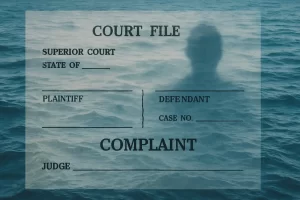




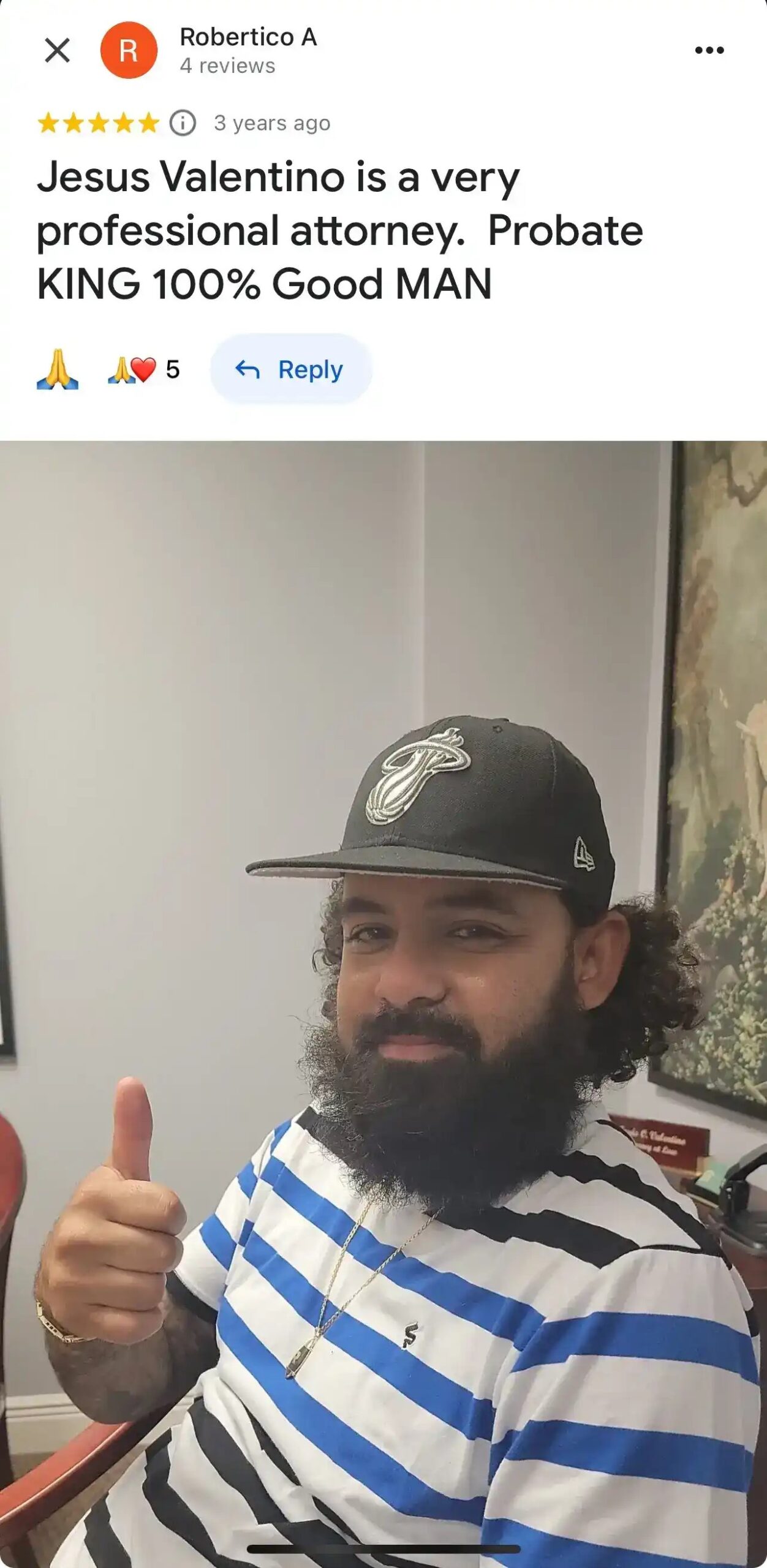







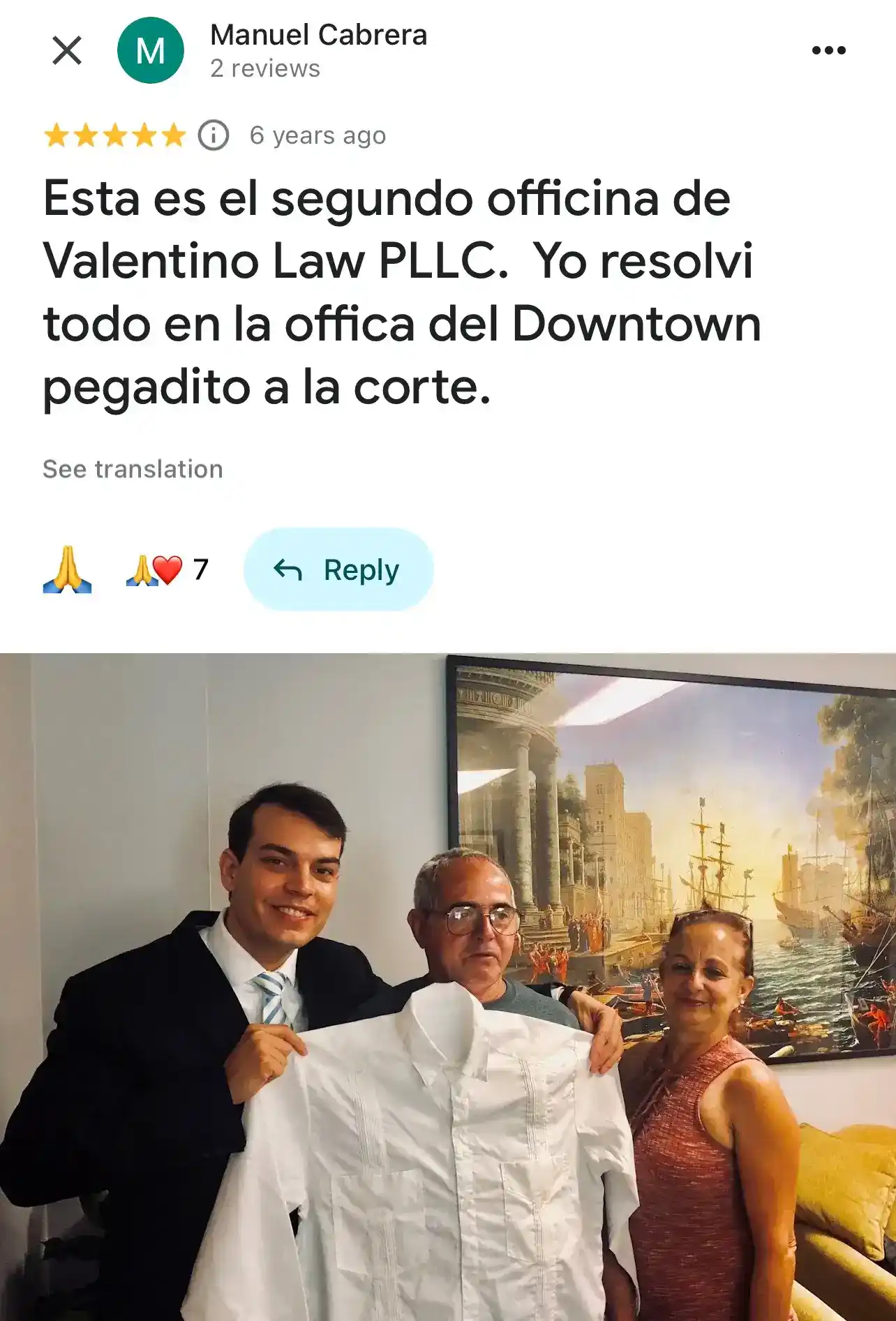

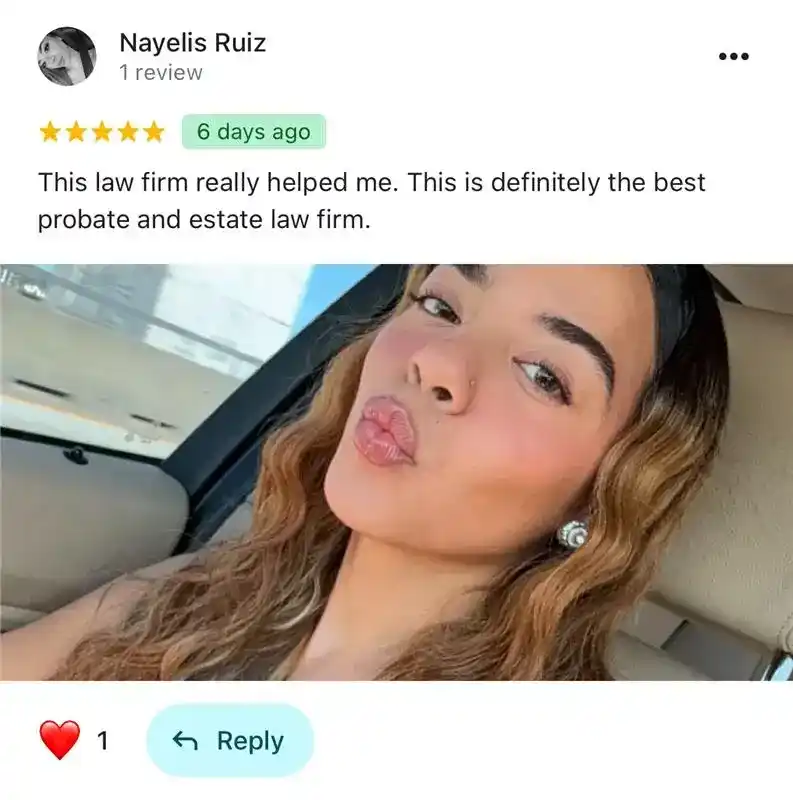




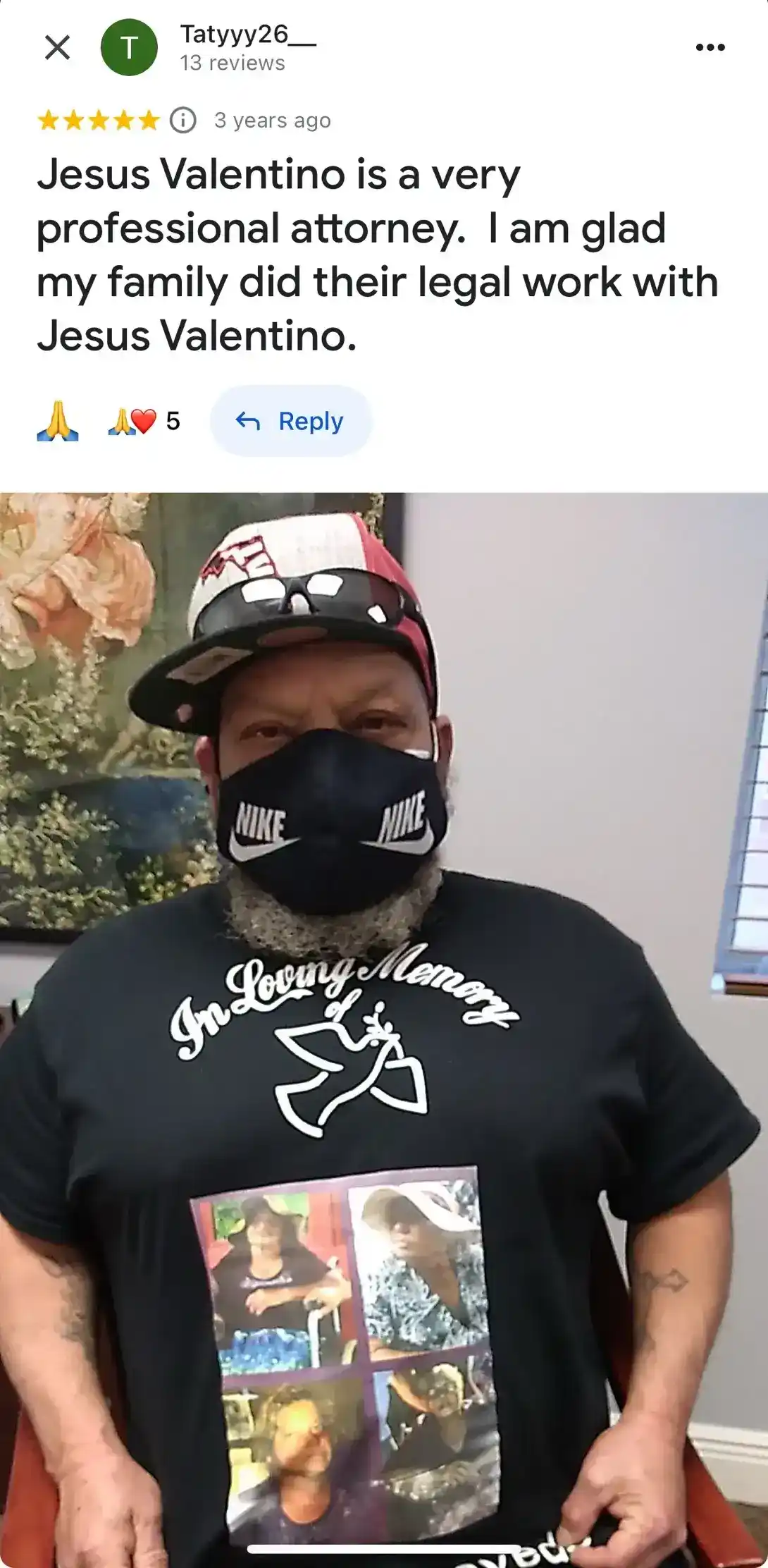

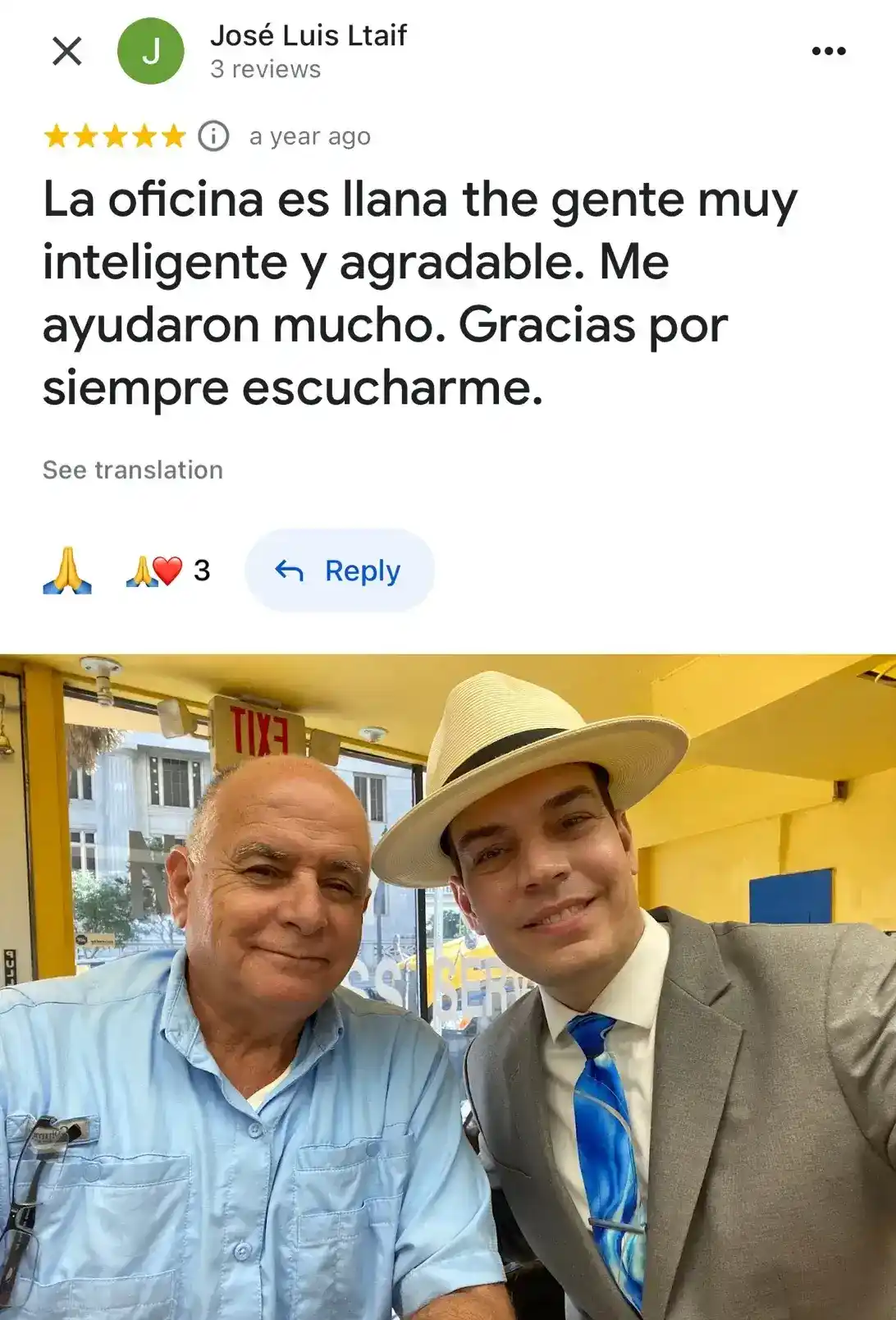
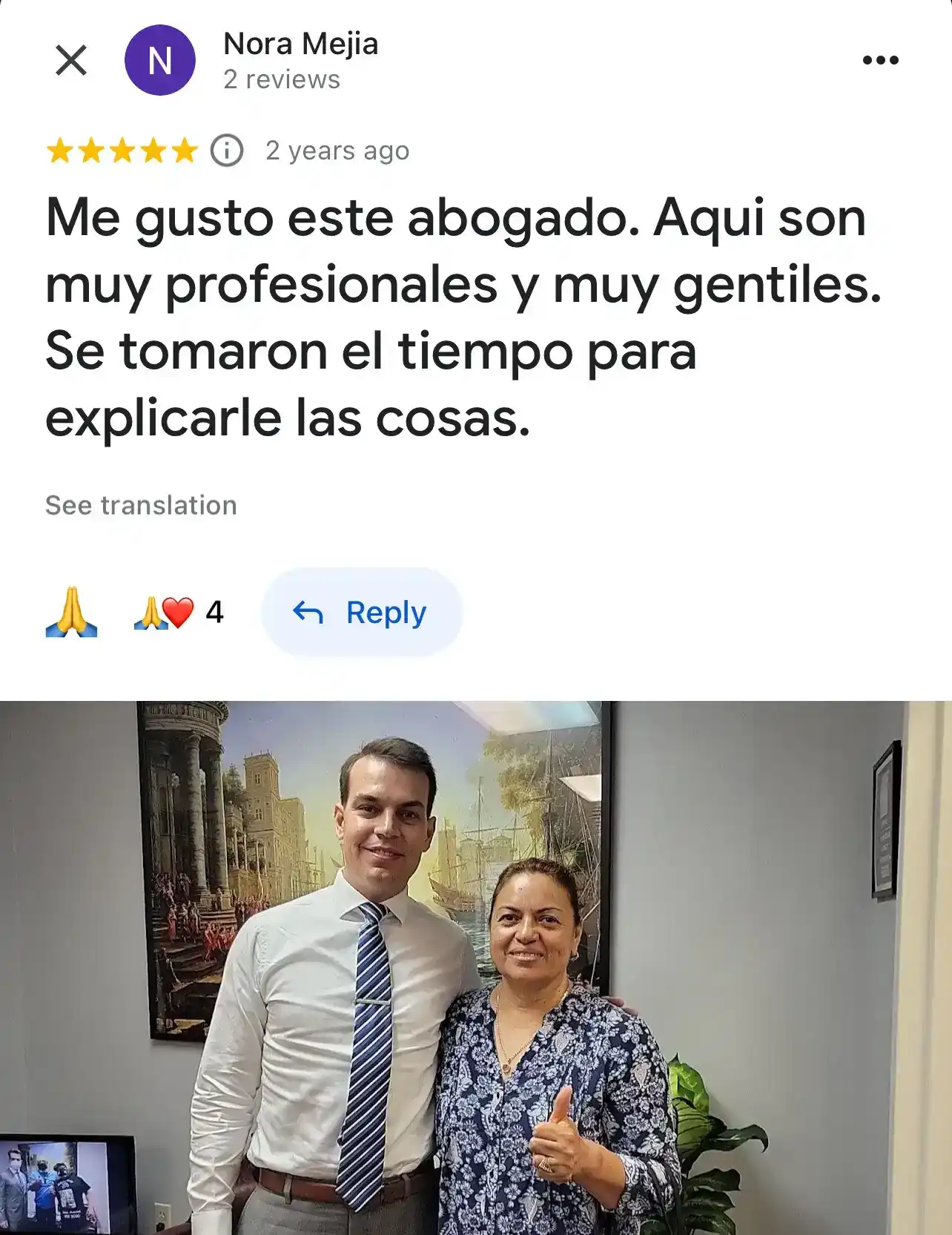






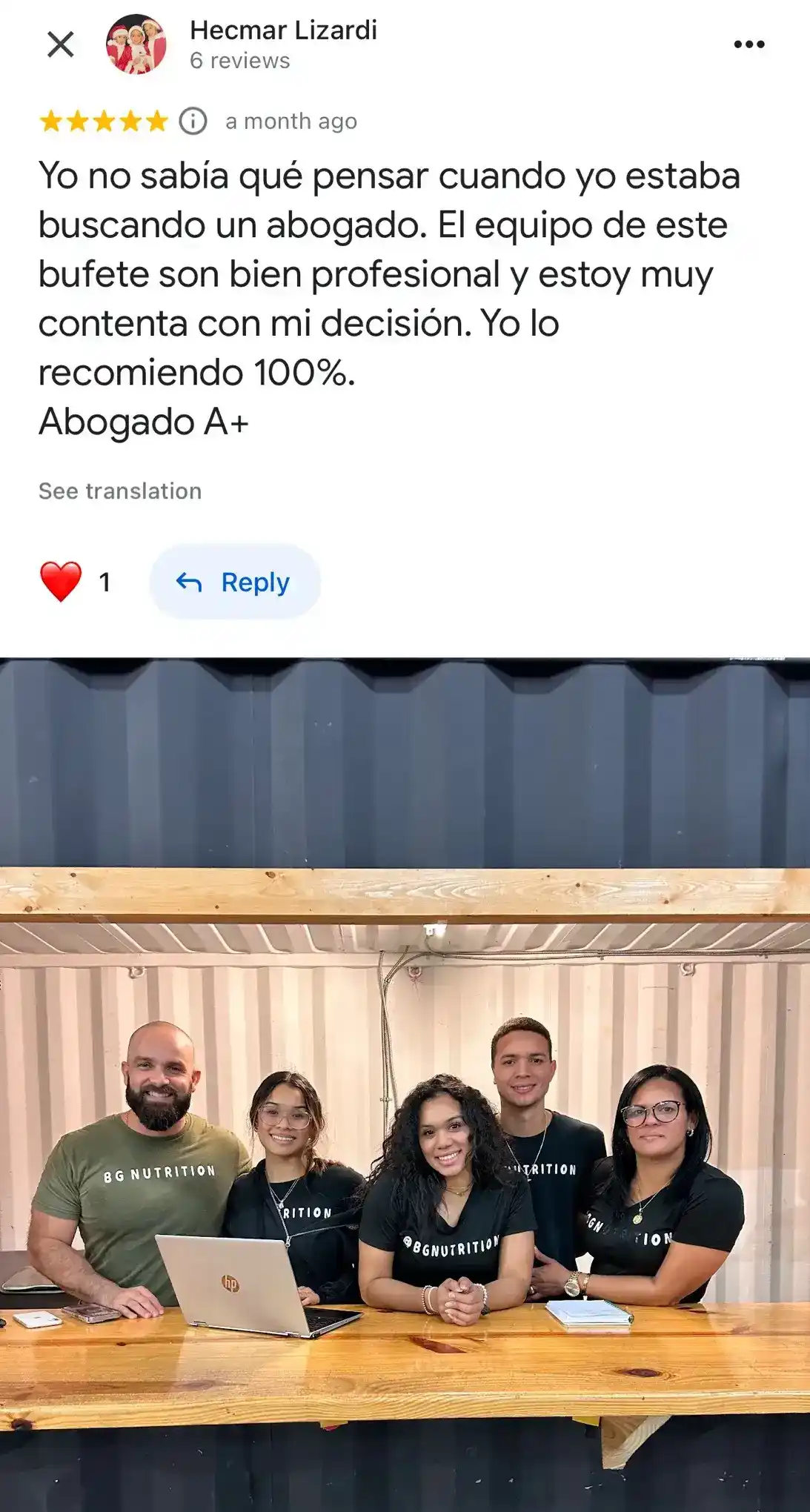
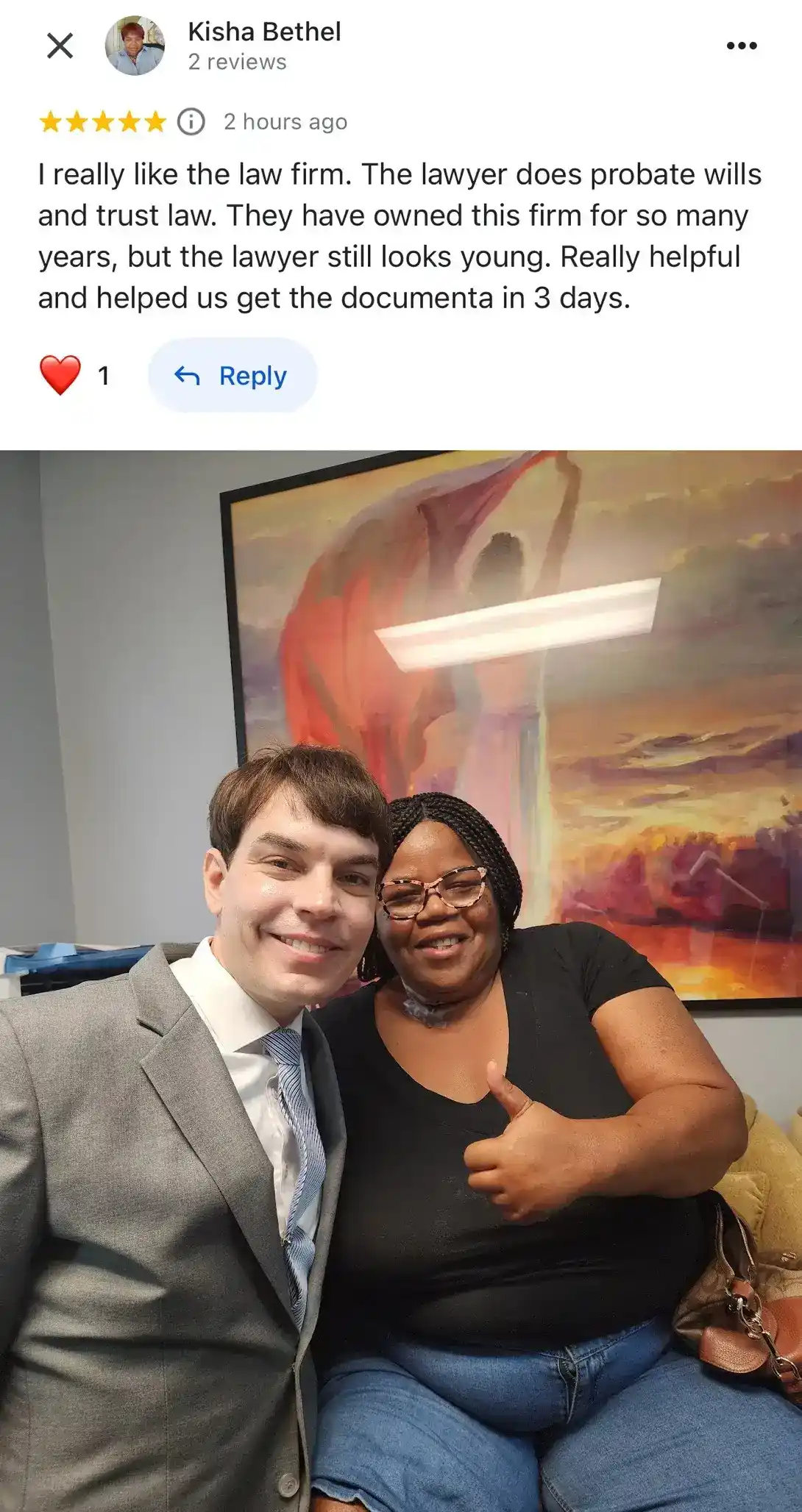
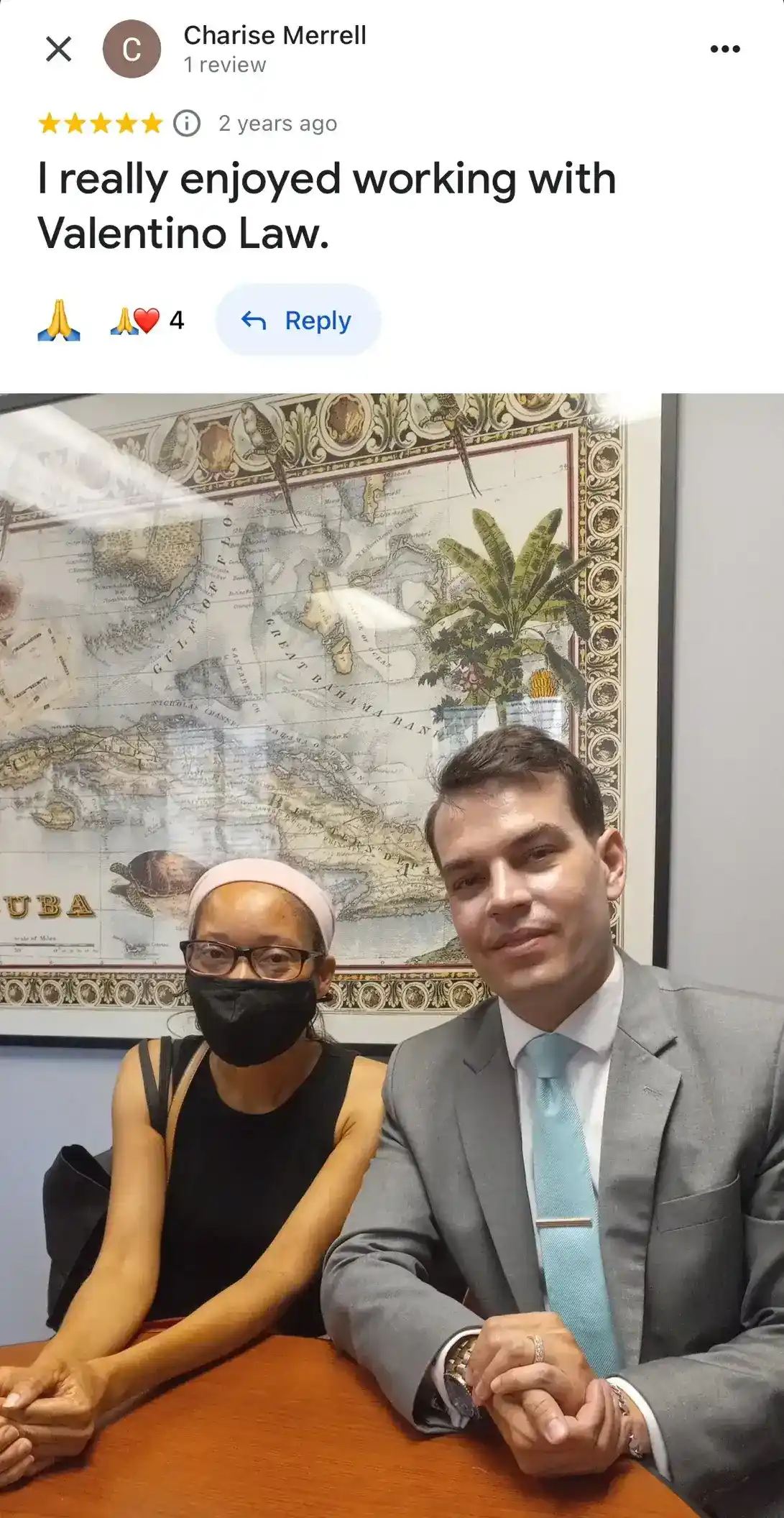



Share: